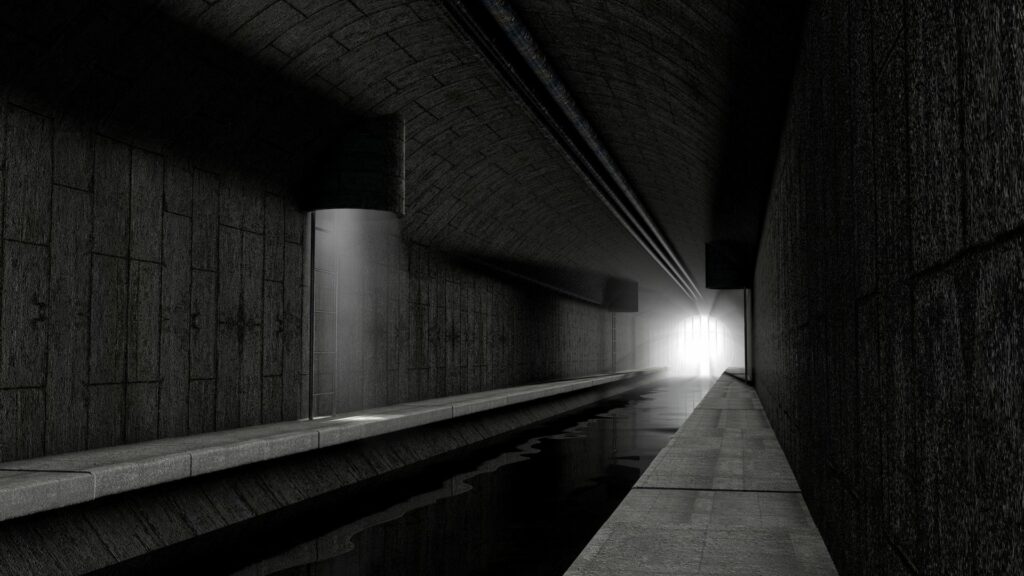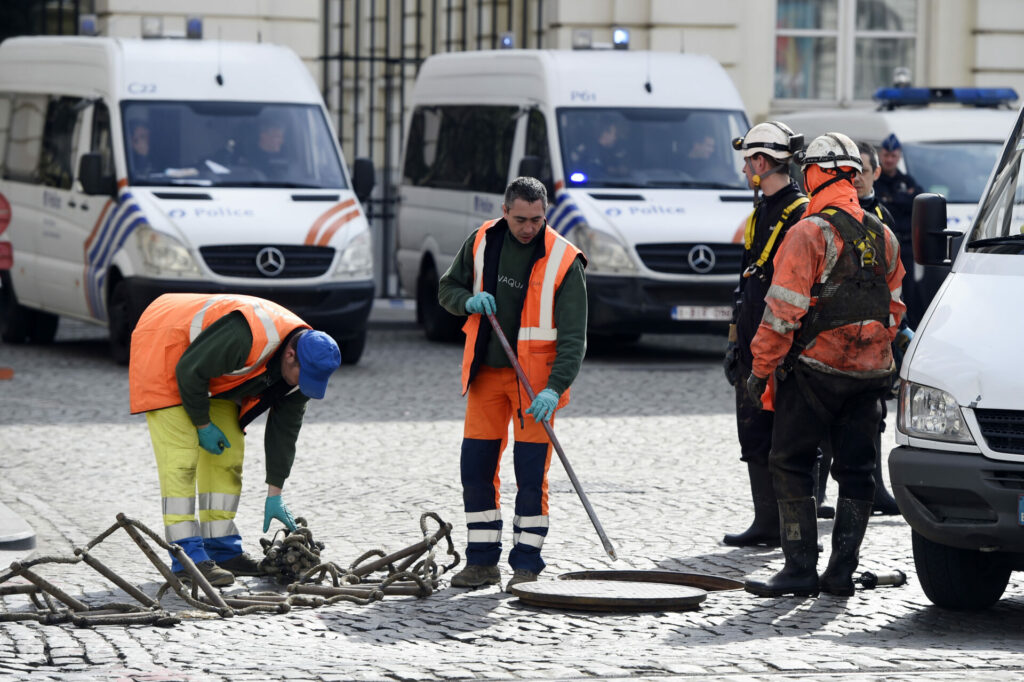In the era of modern convenience, we spare little time for the infrastructure that allows us to live in comfort. This is especially true for sewers, which have been integrated into buildings and subterranean urban design so that we hardly have to think of the pipes that keep things flowing smoothly.
But following a tragic accident in Flanders in which a man died retrieving his cellphone from a gutter, the Brussels Times contacted Vlario (a Flemish consultancy that specialises sewer management) to find out a bit more about these underground realms. What goes on down there and are they dangerous?
How things work in Belgium
Sewers in Belgium are combined with the rainwater collection system: the same pipes that conduct our wastewater to purification plants also carry rainwater. Flanders has been working to separate these systems but it is a lengthy and expensive process.
"No city has a completely separated system," Francken explained. This means that the amount of fluid that sewers carry can vary greatly depending on the season: whilst rainwater is largely dependent on the time of year, wastewater fluctuates far less. This inevitably impacts how purification plants function.

Sewers in Belgium carry both wastewater and rainwater to purification plants. Credit: Canva
With lower levels of rainwater, higher concentrations of gas can build up in sewers. There are three main gases in sewers: Methane (CH4), Hydrogen sulfide (H2S) and Dicarbon monoxide (C2O). Not only are these gases poisonous and flammable, they also are heavier than oxygen.
Francken explains that in high quantities, the gases can displace oxygen, making sewers not only an unappealing but also a dangerous environment for humans.
Retrieving items from sewers
Those who work in the sewers go through specialised training and will check the levels of oxygen and gases before entering a sewer. They will often wear breathing apparatus to avoid inhaling noxious gases.
Vlario urges people to think of sewers as any other restricted area with high gates, except that a sewer's gates are the manhole covers and grates. In the same way that we shouldn't jump onto a railway to retrieve a lost item, sewers should be treated with equal caution.
In the event of dropping a cellphone or any other belonging into a sewer (which Francken says is not an uncommon occurrence) we should contact the local authority that manages the systems.
Crucially, some of the poisonous gasses are odourless (believe it or not) which can make open pipes or manhole covers particularly hazardous. "If the oxygen levels are too low you won’t necessarily notice it," Francken explained. "Once you notice you can’t breathe, it will already be too late."
Related News
This isn't to say that we should give every manhole cover a wide berth: "Above ground, there is enough oxygen." It is only below ground when the gasses can displace oxygen in enclosed spaces.
As for sewer museums, there is no danger here. Oxygen levels are closely monitored and the areas have been made safe to the public.
The exact circumstances surrounding the death of the man in Zottegem are still not entirely clear. It could be a freak accident that saw him exposed to high levels of gas, low levels of oxygen, or something else all together. An investigation is currently underway.

